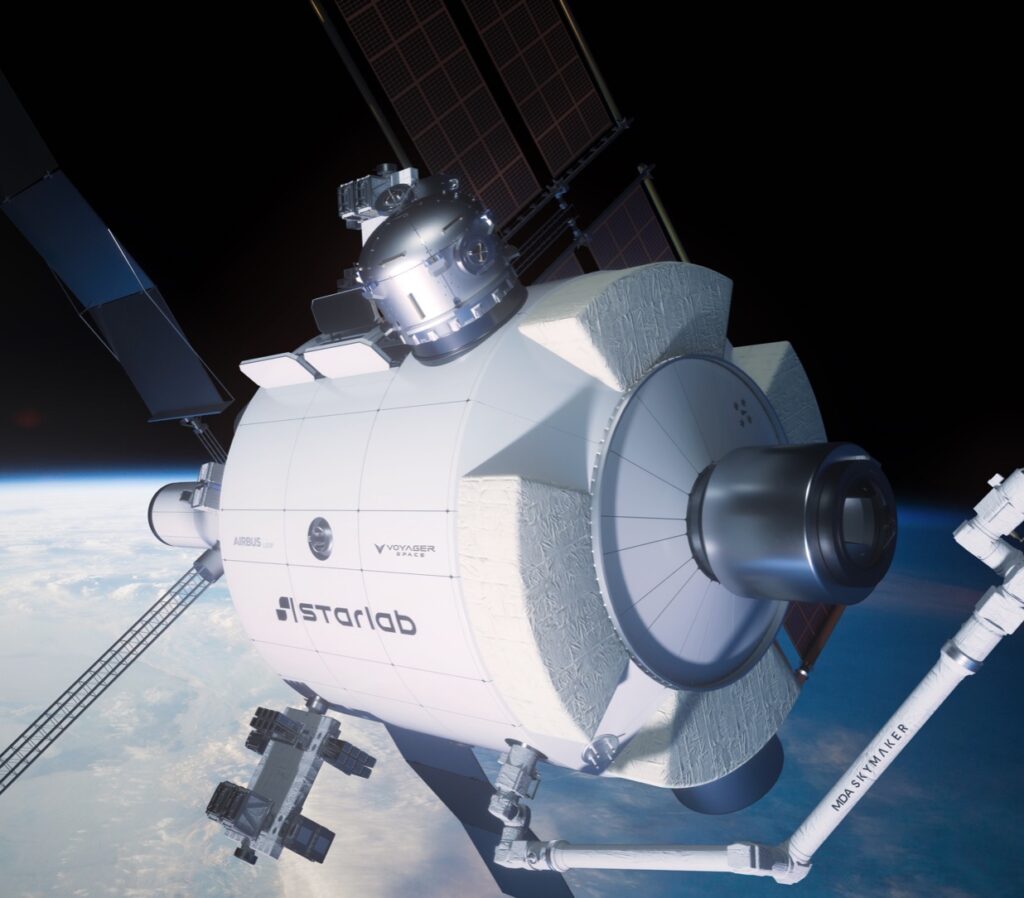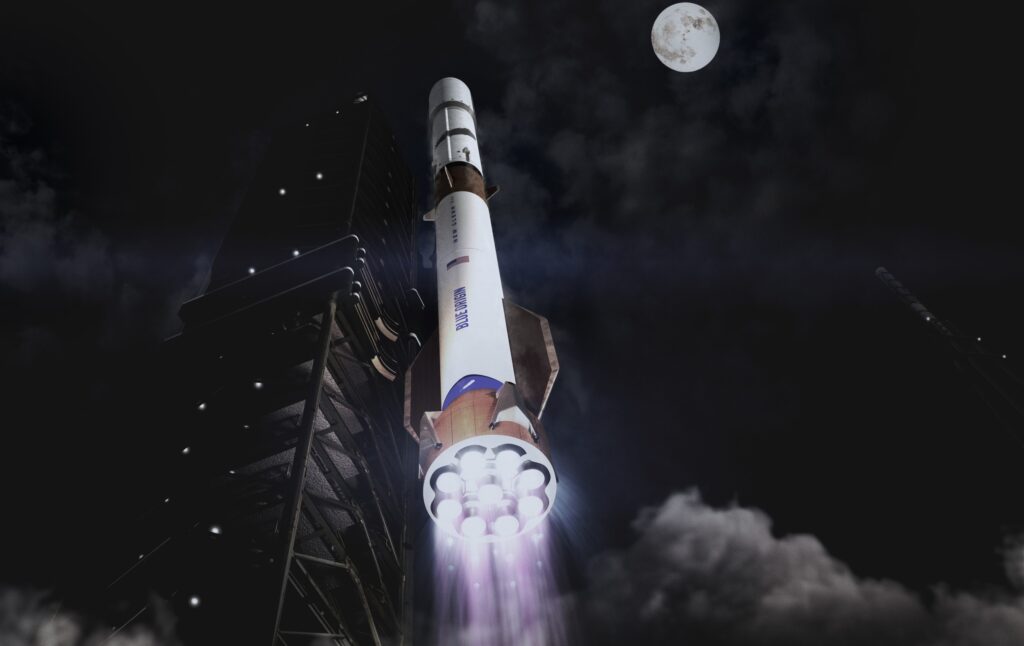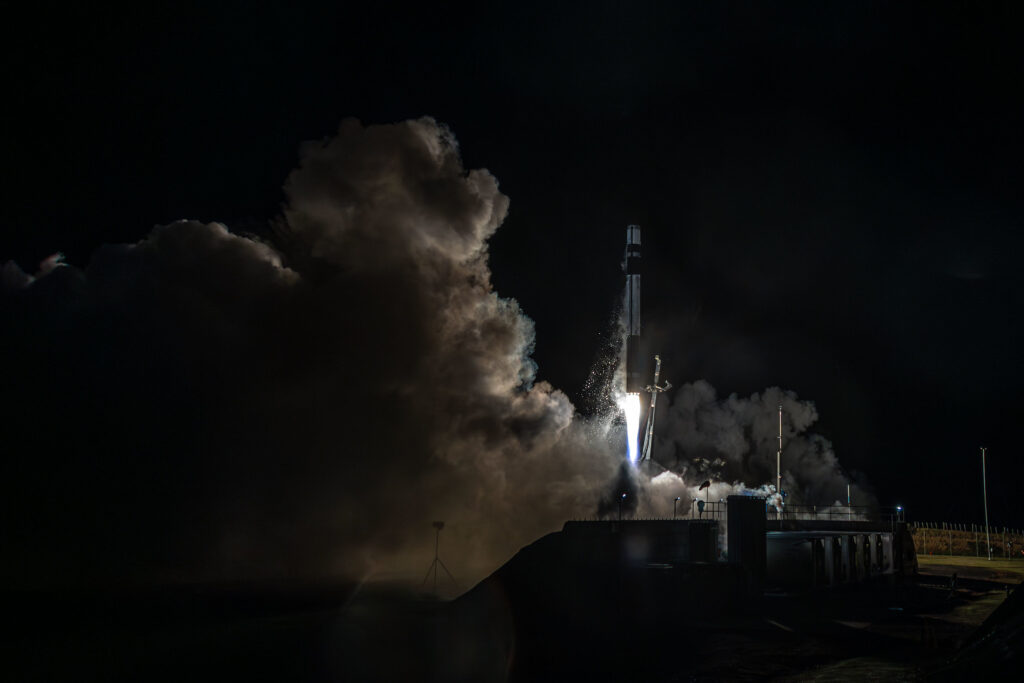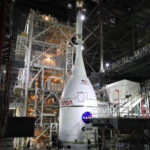Now Reading: China launches classified comms satellite, conducts commercial sea launch
-
01
China launches classified comms satellite, conducts commercial sea launch
China launches classified comms satellite, conducts commercial sea launch

HELSINKI — China has continued a recent uptick in launch activity with a Long March 7A mission to geosynchronous orbit and a sea launch of a Ceres-1 solid rocket.
A Long March 7A rocket lifted off at 7:50 a.m. Eastern (1150 UTC), May 20, from Wenchang Satellite Launch Center on Hainan island, south China.
The China Aerospace Science and Technology Corporation (CASC) announced launch success around an hour after liftoff, revealing the payload to be the ChinaSat 3B (Zhongxing-3B) communications satellite.
CASC, the country’s state-owned main space contractor, stated that the ChinaSat-3B was developed by the China Academy of Space Technology (CAST), a major spacecraft maker under CASC. ChinaSat-3B is to be mainly used to provide users with voice, data, radio and television transmission services. No other details were published.
ChinaSat satellites are generally described as commercial or civilian assets. However, some of them—particularly the lower-numbered in the series—likely have military or intelligence applications, such as secure communications for the People’s Liberation Army (PLA). The absence of public information and imagery raises the possibility that ChinaSat-3B serves military users.
It was the second launch of the 60.1-meter-long, 3.35-meter-diameter Long March 7A rocket this year. The kerosene and liquid oxygen launcher can carry up to 7 metric tons of payload to geosynchronous transfer orbit (GTO).
The Long March 7A has been seen as an eventual replacement for the hypergolic Long March 3B, the current workhorse for GTO missions. The more powerful 7A launched four times in 2024, while the 3B launched eight times. CASC’s post-launch statement noted that the 7A will carry out multiple missions this year.
Ceres-1 sea launch
The ChinaSat-3B mission followed a sea launch of the four-stage Ceres-1 solid rocket, carrying four satellites into low Earth orbit (LEO).
The Ceres-1 lifted off at 3:38 a.m. Eastern (0738 UTC) May 19 from a specially converted barge off the coast of Shandong province, eastern China. The launch carried the 34-37th satellites for the Tianqi Internet-of-things constellation, according to Galactic Energy, the manufacturer and operator of the Ceres-1.
The Tianqi constellation is operated by Beijing-based company Guodian Gaoke. It is aimed primarily to provide narrowband IoT connectivity globally, especially in remote and underserved areas.
The launch was Galactic Energy’s fifth Ceres-1 sea launch and the 20th overall for the light-lift solid rocket, suffering a single failure. The May 19 launch marks the 10th consecutive successful flight. The 20-meter-long Ceres-1 can carry up to 400 kilograms to LEO.
Galactic Energy is expected to debut the larger Ceres-2 solid rocket in the coming months. The larger rocket will be capable of lifting 1,600 kg of payload to a 500-kilometer LEO, or 1,300 kg to a 500-km sun-synchronous orbit.
More ambitiously, Pallas-1, a kerosene-liquid oxygen rocket, is expected to carry up to 8,000 kilograms to a 200-kilometer LEO. Its debut flight is expected no earlier than August.
Ceres-2 and Pallas-1 are just two of a number of new commercial and state-owned launchers that could debut during 2025.
The Ceres-1 and Long March 7A missions were China’s 28th and 29th orbital launch attempts of the year respectively, and the fifth and sixth in May alone. A Kinetica-1 solid rocket from CAS Space is scheduled to launch early May 21 Eastern, while the Tianwen-2 near Earth asteroid sample return mission is scheduled to launch from Xichang, southwest China, May 28.
Stay Informed With the Latest & Most Important News
Previous Post
Next Post
Previous Post
Next Post
-
 012024 in Review: Highlights from NASA in Silicon Valley
012024 in Review: Highlights from NASA in Silicon Valley -
 02Panasonic Leica Summilux DG 15mm f/1.7 ASPH review
02Panasonic Leica Summilux DG 15mm f/1.7 ASPH review -
 03How New NASA, India Earth Satellite NISAR Will See Earth
03How New NASA, India Earth Satellite NISAR Will See Earth -
 04And Thus Begins A New Year For Life On Earth
04And Thus Begins A New Year For Life On Earth -
 05Astronomy Activation Ambassadors: A New Era
05Astronomy Activation Ambassadors: A New Era -
06SpaceX launch surge helps set new global launch record in 2024
-
 07Space Force plans new ‘Futures Command’ amid pressure to speed up modernization
07Space Force plans new ‘Futures Command’ amid pressure to speed up modernization





















